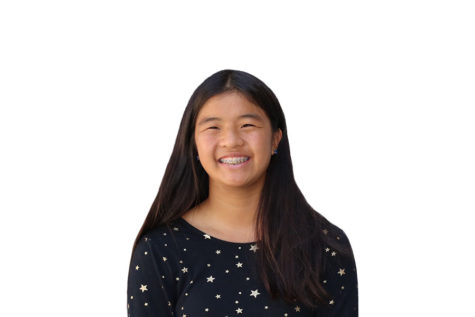Purple-colored schedules flutter in students’ hands as they rush to class, relying on paper signs to find their way around the Stanford campus.
This is no ordinary day, however. It’s the weekend of Dec. 1 and Dec. 2, and Stanford Splash is in session.
Splash is an educational program founded by Learning Unlimited. The program spans across the U.S. and gives students the opportunity to explore a variety of unique topics beyond normal school curriculum. Splash especially aims to support students that come from traditionally underrepresented areas.
“The concept of a Splash program originated at [the Massachusetts Institute of Technology], but it has now grown to about 20 universities nationwide, including Stanford,” said Ted Hwa, the chief financial officer of Learning Unlimited.
Every year, thousands of students in grades 8 through 12 place their names in a lottery in the hopes of winning a spot at Stanford Splash. The 1,500 students whose names are picked are given the chance to spent two days, from 10 a.m. to 5 p.m., participating in a series of self-selected classes taught by Stanford students.
Stanford students volunteer to be teachers and are given the opportunity to teach anything they desire.
“Every teacher that we have is a Stanford student; there’s probably a 50-50 mix between undergraduate and graduate students,” said Brian Do, who works for Splash in teacher recruitment.
Class topics vary from casual hobbies to STEM-focused subjects. The diverse range of classes gives Splash students many choices when forming their schedule. These choices are often not offered in regular school, giving Splash students an additional opportunity to explore potential career paths or pursue a previously unknown subject.
“I’m teaching you about viruses because I’ve taken a few courses on it. I’d like to get all of you interested in something I enjoy,” said Isabella Duan, a sophomore at Stanford, during her class, “We’ve All Got Herpes — An Intro to Virology.”
Because each class typically lasts for one to two hours, teachers move fast and employ creative ways to keep their students’ attention. In Duan’s class, she recited her own poems about viruses, coaxing laughs out of the students with her creative rhyming.
In Yagmur Erhan’s class, “An Introduction to Quantum Biology: The Quantum Mechanics Governing Life,” the Stanford sophomore provided real-world applications for quantum biology, from photosynthesis to love. The class was delighted by her explanation of how quantum mechanics applies to the TV show, “The Bachelor.”
“You can model the Bachelor’s behavior towards the women using a quantum walk problem,” Erhan said.
Some classes tackle serious concerns such as suicide and ethical decision-making while providing a supportive environment for students. Others challenge perceptions and help students detect bias, changing worldviews in the span of a few hours.
“I hope you learned more about ethics and how to consider the well-being of people around you,” said Michael Mendoza after he and Ashley Amado, both Stanford sophomores, finished teaching a class focusing on ethics in medicine.
The unique makeup of each class exposes students to new opportunities outside of traditional school. Students come from faraway areas just to engage in a learning environment that many people typically do not get to experience.
“It was a two-hour drive to Stanford for me, but it was worth it,” said Emma Nathanson, a participating student who lives in Marin County.



